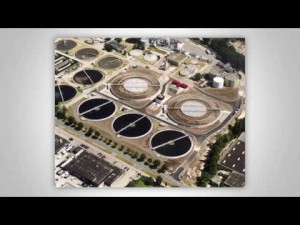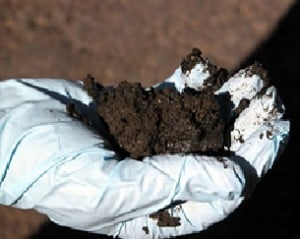
Potting soil is the most important ingredient for starting a terrific garden. It is also an important item for most indoor plants (Cactus and orchids being the exception, both require specialized mediums for growing.)
Potting Soil Components – this will shock you.
Compost is a major ingredient. Good compost is made from rotted vegetation but some potting soils have compost made from composted sewage sludge. That’s right sewage sludge, the waste ingredients from a sewage plant somewhere in the world. It has been treated, but not all ‘bio-solids’ as it is sometimes labeled, are completely free of toxins.
Heavy metals such as mercury, lead, and copper, industrial compounds such as flame retardants, pharmaceuticals and other toxins are usually not removed by the composting process (and may sometimes be concentrated) and may be present in bio-solids. Good compost on the other had is made from wood chips, leaves, untreated grass clippings, and other organic materials.
Another compost material is often shredded wooden pallets. This type of material may not be screened and pieces of shredded wood may be present. I tend to avoid shredded wood pallet potting soil.
You might also see loam, perlite, vermiculite sand, ground bark, gypsum, dolomitic limestone, coconut fibers, gels, polymers, and fertilizer in your potting soil.
Ground bark and coconut coir are alternatives to peat moss, neither are as acidic and both can hold water reasonably well.
Limestone is often added to peat moss based potting soil to lower the acidity of the mixture.
Perlite is a rock that is heated to 900 degrees which causes it to expand to about twenty times its original size. It is ph neutral and is used to improve the drainage of the mixture.
Vermiculite is another natural material that is heated and expanded. It absorbs water and releases that water slowly into the potting mix. It may be used to make the mixture lighter for hanging baskets.
Peat moss is present in most potting soils.
Coconut coir or fibers is often used to replace peat moss.
Sand is often added to cactus mixes to help the mixture drain faster.
Gels and wetting agents are often included in a potting soil mix to help the mix retain water. For hanging baskets look for a mix with these gels, you will not have to water them as often.

Fertilizer is added to potting soils to help plants grow. In most cases a timed release fertilizer used. My preference is to add the fertilizer I want rather than have it added to my potting mix.
If you wish to know more, do your research – there are small (often regional) producers who are selling more costly products that may be of better quality than what you find from the large companies. Or you can make up the soil on your own, adding composts of various kinds with moisture holding products that suit your needs.










